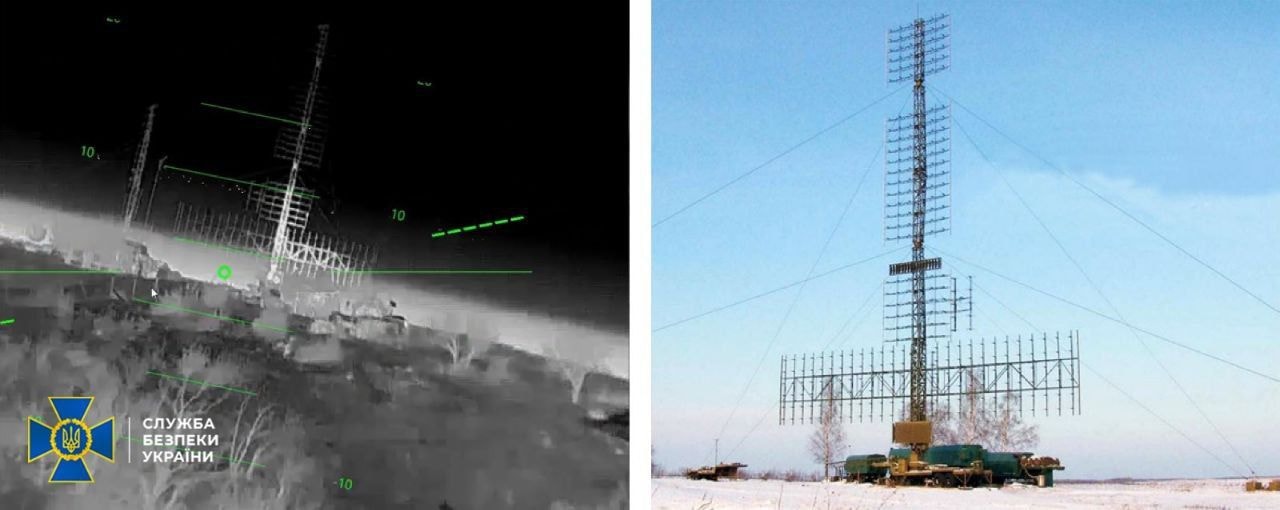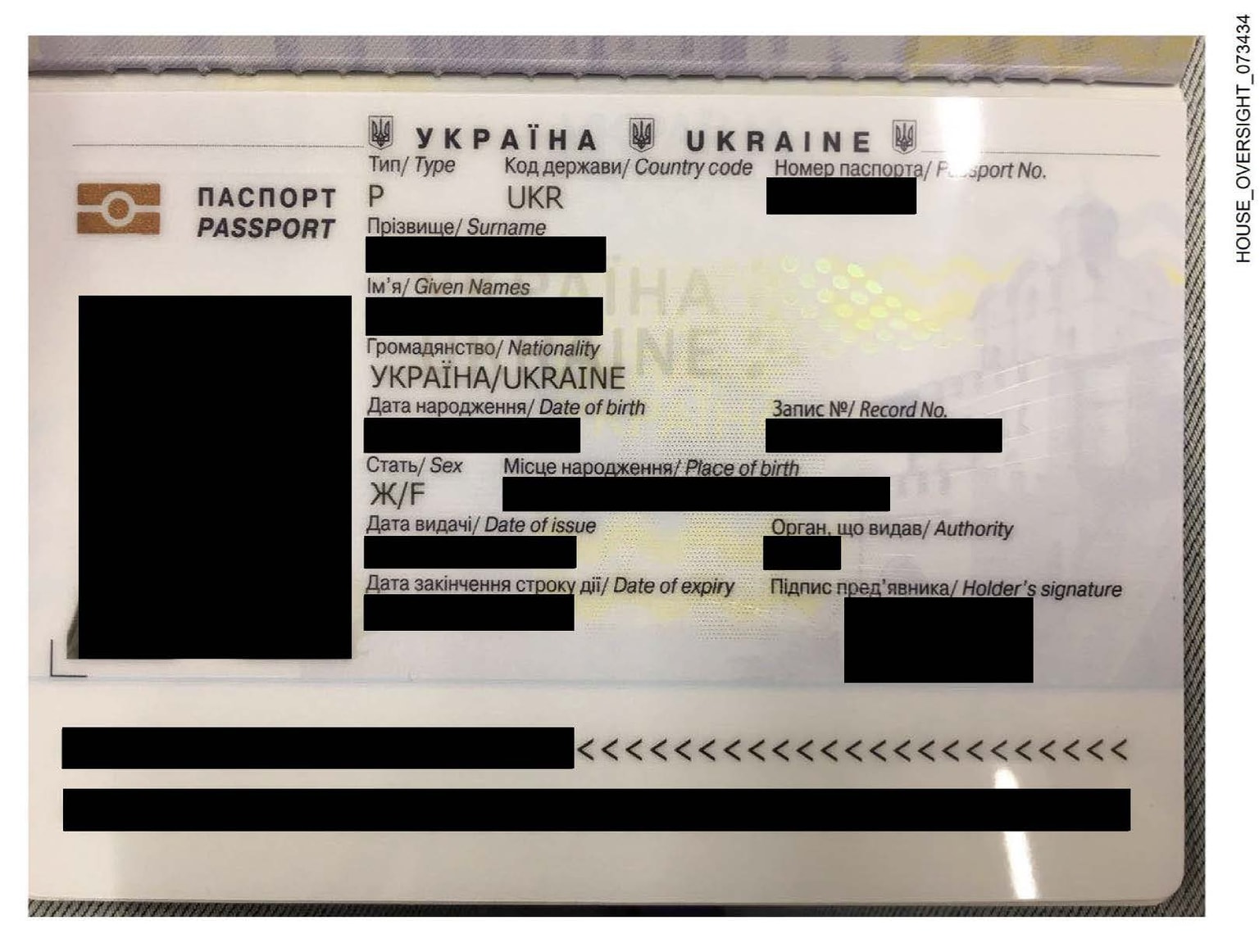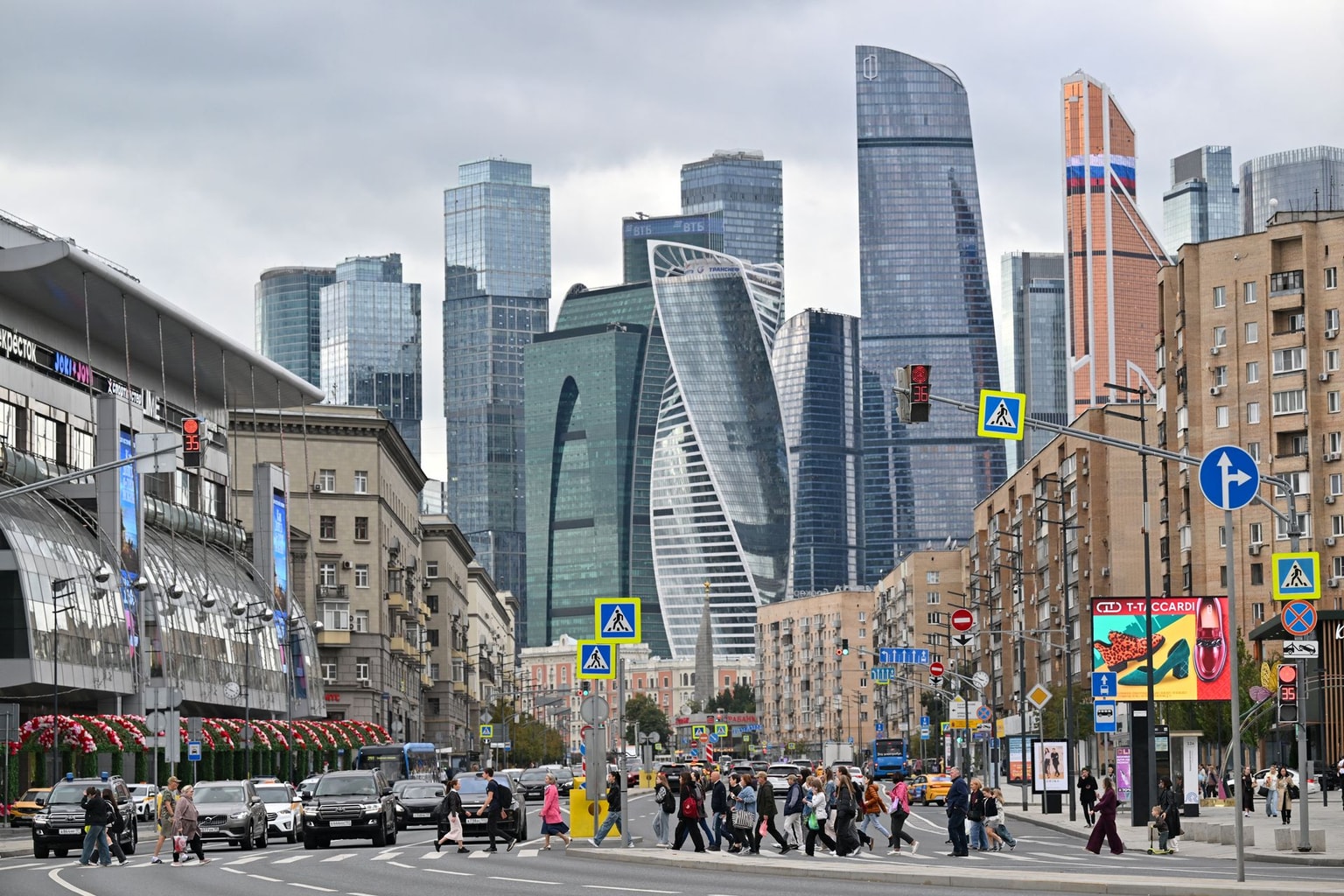Trump halts tariffs for 90 days on most countries, raises them for China

U.S. President Donald Trump raised tariffs on China to 125% but authorized a 90-day tariff pause on other countries effective immediately, he said on Truth Social on April 9.
The move came a day after Trump raised tariffs on China from 54% to 104%. In turn, Beijing slapped 84% tariffs on U.S. goods on April 9.
White House press secretary Karoline Leavitt said the tariff rate would be brought down to a universal 10 percent — a significant reduction for many countries.
Trump’s new tariff policy, announced as part of what he called "Liberation Day," imposed duties on nearly every major U.S. trading partner, including Ukraine. Kyiv was hit with a 10% tariff, compared to 20% on the EU.
Russia, Belarus, North Korea, and Cuba were notably not included.
The U.S. president said that the tariff hike for China is "based on the lack of respect shown to the world’s markets."
"At some point, hopefully in the near future, China will realize that the days of ripping off the U.S.A., and other countries, is no longer sustainable or acceptable," he added.
According to Trump, more than 75 countries have approached the U.S. to discuss trade, trade barriers and tariffs and have not retaliated against Washington.
Earlier in the day, EU member states backed the introduction of trade countermeasures against the U.S. on April 9 in response to Washington's recent 25% tariffs on imports of steel and aluminum.
Ukraine was hit with a 10% blanket tariff on its exports, a setback for a country at war.
Kyiv's metallurgy sector, a major source of Ukrainian exports to the U.S., was already impacted by a 25% tariff imposed in March.
In 2023, Ukrainian exports to the U.S. totaled just $874 million, while imports from the U.S. reached $3.4 billion. The overall trade volume has declined in recent years, but the tariffs could deepen the imbalance, especially if they trigger broader protectionist measures globally.











